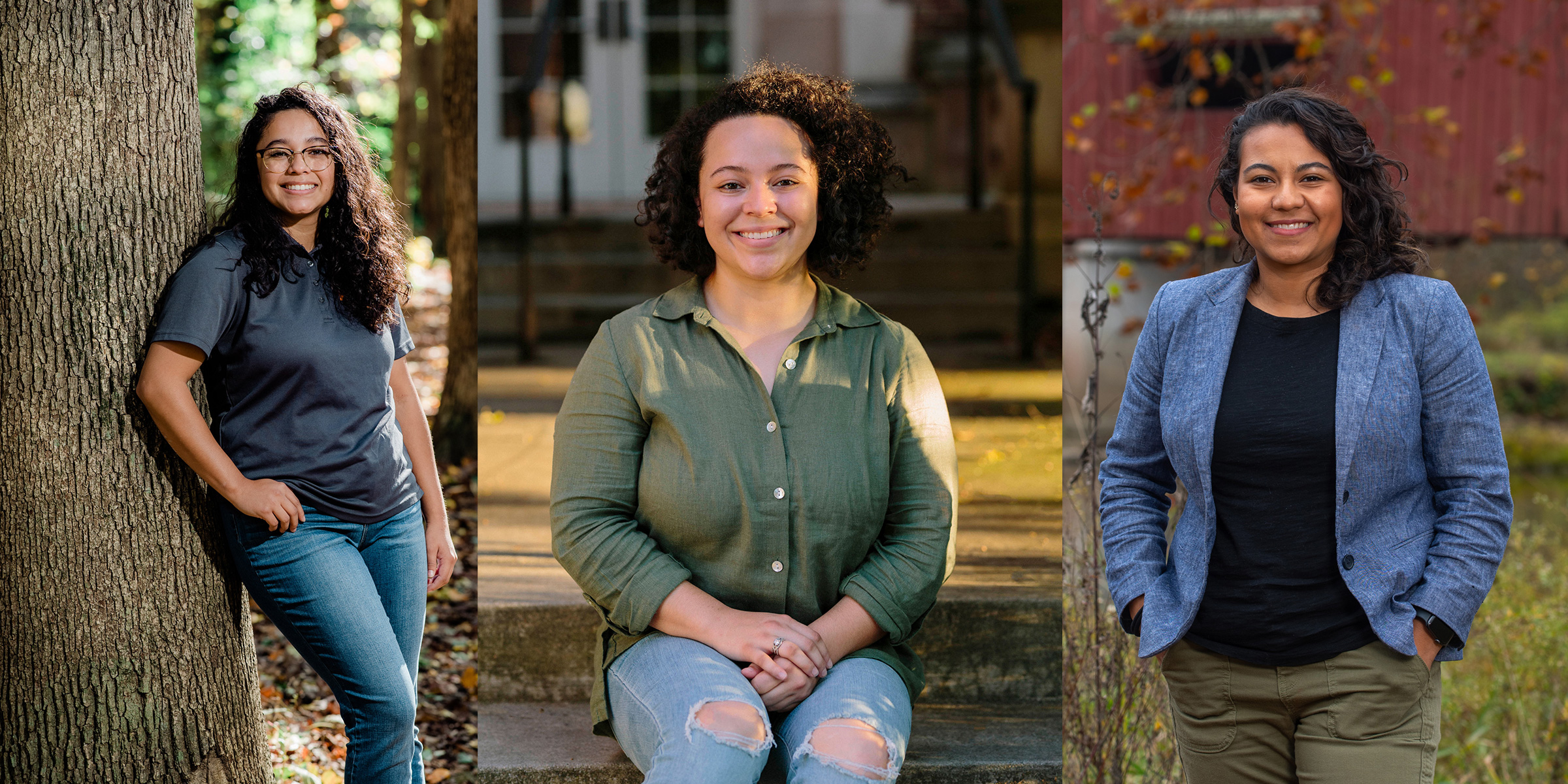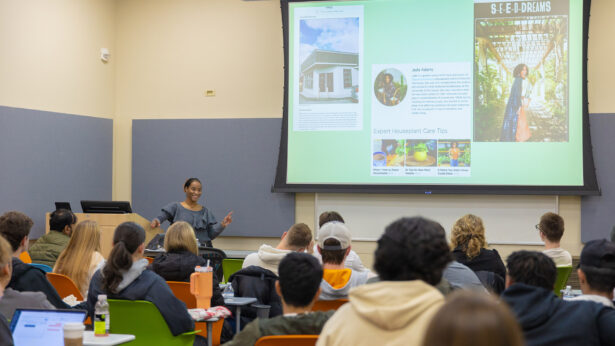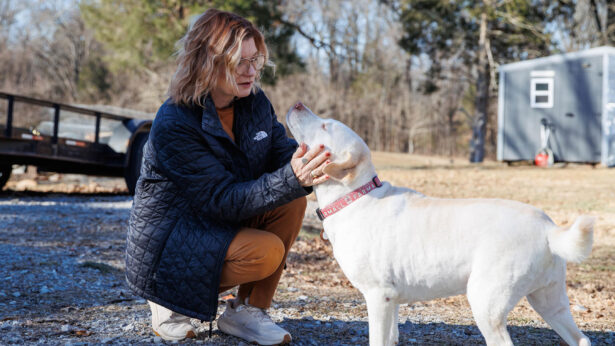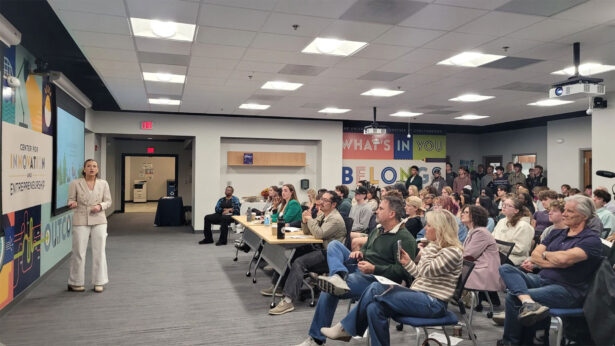By Brooks Clark
Photos by Tony Campbell, Yasmin Murphy and Sandy Schaeffer
When Frances Garcia was a sophomore at Lenoir City High School, she received a letter asking if she would like to apply for the Tennessee Governor’s STEM High School, then a boarding school on the Tennessee School for the Deaf campus in South Knoxville. Frances told her mother, Ines, that it was probably junk mail.
Still, Ines took the letter to work at Monterey Mushrooms and showed it to her manager, Bob Moore, who knew Frances and her younger sisters, Christine and Diane, from refereeing youth soccer games with them. Moore said, “She should do it.”
“I did it,” says Frances. “And it was all because of my mom taking an active role. It was a mindset that became a part of our family.”
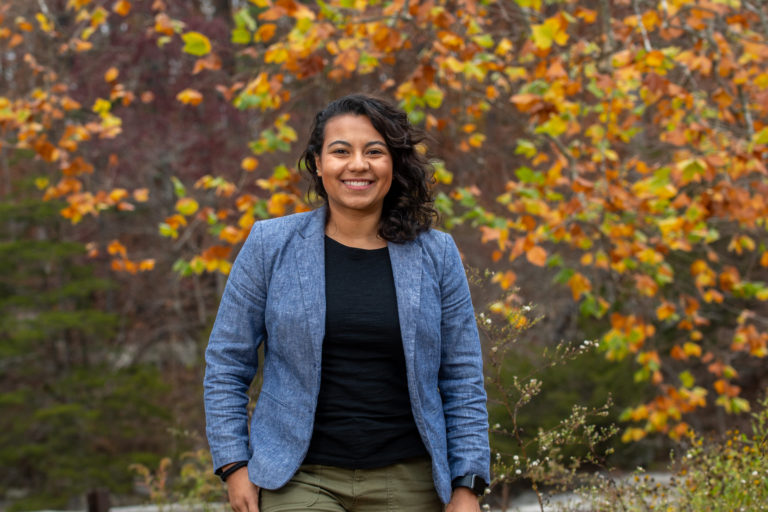
In her two years at the Governor’s School, which focuses on science, technology, engineering and math, Frances took classes on the UT Knoxville campus, including introductory courses in physics and chemistry, and did a project on accelerator physics at Oak Ridge National Laboratory. She majored in physics at UT, graduated in 2015 and then earned her master’s degree in electrical engineering in 2018. She now works as an electronics electrical engineer for the Naval Surface Warfare Center in Crane, Indiana.
Following her sister’s path, Christine graduated with a Bachelor of Science in electrical engineering in 2020 and is now an electrical engineer for Bechtel’s Nuclear and Security Division in Reston, Virginia. Diane works part time for Jacobs Engineering in Oak Ridge, running power simulations on the electrical engineering team. She plans to graduate with her Bachelor of Science in electrical engineering in 2021.
The Garcia sisters’ successes began with their parents, Ines and Herminio, naturalized citizens who emigrated from Panama and Mexico, respectively.
“From the very beginning,” Diane says, “you knew that academics were a priority for my mom. If you brought home a report card with a B on it, you’d show it to my dad, and he’d say, ‘Great.’ You’d show it to my mom, and she’d say, ‘What?’ The message was, ‘This is important. We need to get 100s.’ They came here for us to have a better life, and we know how difficult it was for them. Excelling academically is the least we can do, in a sense.”
“They made many sacrifices,” agrees Christine, “and we don’t want them to go to waste.”
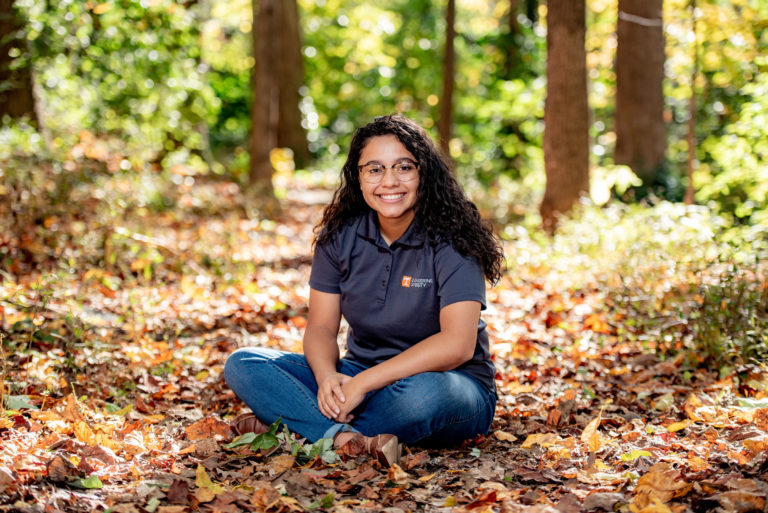
The sisters’ stories also highlight the impact of programs that encourage underrepresented populations—women, Latino students, first-generation college students—to enter and succeed in STEM disciplines. And they show the importance of teachers, mentors and peers in organizations like the Society of Hispanic Professional Engineers (SHPE) and Systers: Women in Electrical Engineering and Computer Science.
Latino students represent 4 percent of UT Knoxville students. First-generation college students make up nearly a quarter of the campus’ undergraduates. Although the percentage of women studying electrical engineering and computer science in UT Knoxville’s Tickle College of Engineering has doubled in the past five years, it still hovers just under 12 percent.
“It was a little challenging,” says Frances about her college years. “None of my family had been to college. It’s so subtle, but the lack of diversity made it hard to click with the campus and connect with everyone. It was difficult to be authentic and feel at home.”
UT Knoxville Chancellor Donde Plowman often stresses that meeting the needs of first-generation students is an essential part of the mission of a land-grant institution.
“Sometimes, when you are the first in your family to go to college, you feel a little bit out of place when you get here,” she says. “We want our first-generation students to know that they aren’t alone, that there are resources available to them and people on this campus who are cheering for their success.”
Three Journeys
Frances was born in Willimantic, Connecticut, where her parents met. When Frances was 18 months old, Ines and Herminio moved to Lenoir City to work for Monterey Mushrooms. Ines now works in the Morgan Olson truck and van factory in Loudon. Herminio works at Denso Manufacturing in Maryville. All three sisters played soccer at Lenoir City High School, played intramurals at UT and continue to play in adult leagues.
“Growing up, we watched the Discovery Channel every Friday night,” Frances says. “I was curious at a young age about STEM in general.”
As part of the Governor’s School program, she did a project at ORNL on accelerator physics, programming mechanical optical design with a senior researcher and leader of the Beam Science and Technology Group at ORNL’s Spallation Neutron Source Project.
“I always loved physics because it was so beautiful. I was drawn to answering the big questions, seeing how everything worked—from the smallest atoms to space,” she says.
She earned a handful of research assistant fellowships at ORNL. “I met a lot of great scientists,” she says, “both women and men, and I was able to do what I liked and learned what opportunities there were. Electrical engineering was work that I found interesting and challenging. I liked that it enabled you to be versatile, and it was safe in being able to get employment. I told one of my mentors that I thought I’d wait to get my master’s, and his advice was to do it now because it would be harder to go back later.”
At UT, she benefited from the camaraderie of peers in Systers and SHPE. At ORNL, she had a mentor, senior research and development engineer Curt Maxey (Knoxville ’88). “He is one of the best advisors who really cared about his students,” she says. “If I had a problem or a question, I could ask him.” Her thesis focused on developing simulation, analytical and empirical modeling of wide-bandgap semiconductor devices.
“Approaching my thesis, I was having imposter syndrome,” she says. “It’s very common. I knew I could do well in classes, since every problem had a solution. But in a master’s thesis, here’s a problem that may not have a solution. I said to myself, ‘I guess I’ll have to do this. This is kind of what science is.’”
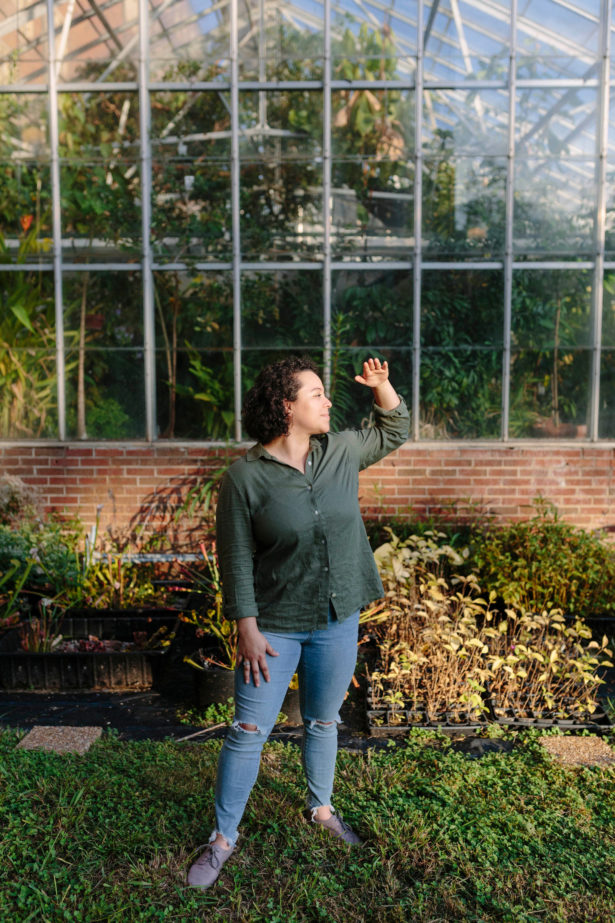
Diane also grew up enjoying math and science. In high school she took a digital electronics course.
“The light bulb in my head was that I was enjoying it when my peers absolutely hated it,” she says.
In her sophomore year, she attended the Tennessee Louis Stokes Alliance for Minority Participation at the UT Conference Center and a summer engineering program—then named INSTEP and now known as eVOL9— in the Tickle College of Engineering.
In her first year at UT Knoxville, she was a recruiting officer for SHPE. She took some semesters at Pellissippi State Community College and then returned to UT, paying her own way. Her favorite course was power systems with Assistant Professor Hector Pulgar, a native of Chile.
“It sealed the deal of how I wanted to use my major,” she says, “looking toward power distribution. On my internship, I’m working on running power simulations for buildings.”
In the summer after seventh grade, Christine spent a week on campus through the Minority Introduction to Engineering and Science program through the Tickle College of Engineering’s Office of Diversity Programs. “I thought, ‘This is definitely something I like,’” she says. “It piqued my interest. I went every summer.”
The summer after her junior year of high school, she completed the four-week Young Scholars program in the Center for Ultra-Wide-Area Resilient Electronic Energy Transmission Networks—an engineering research center headquartered at UT Knoxville—where she worked on a project on power systems.
“I thought, ‘I definitely want to work more on electronics.’”
At UT Knoxville, Christine became involved in SHPE and served as president her sophomore year.
“It gave me a sense of community, getting to know fellow Latino engineers,” she says.
After graduating in August, she took the job with Bechtel and moved to Virginia, where she plays in two soccer leagues.
“I feel the advantage of being able to go to those resident camps,” she says. “When I arrived as a freshman, I felt a connection with the people in the diversity programs. Travis Griffin, the director of diversity programs, made me feel at home. There was a specific room in Perkins Hall he used as a resource center. It was a home where we could go, and Mr. Griffin was there. I’d get my lunch, sit there and eat it. Mr. Griffin would ask how we’re feeling. It made me feel valued and heard within the college.”
